trifluralin
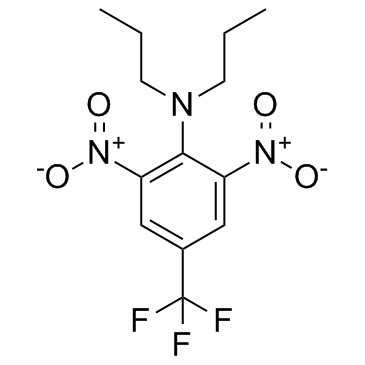
trifluralin structure
|
Common Name | trifluralin | ||
|---|---|---|---|---|
| CAS Number | 1582-09-8 | Molecular Weight | 335.279 | |
| Density | 1.3±0.1 g/cm3 | Boiling Point | 369.1±42.0 °C at 760 mmHg | |
| Molecular Formula | C13H16F3N3O4 | Melting Point | 48.5°C | |
| MSDS | Chinese USA | Flash Point | 177.0±27.9 °C | |
| Symbol |



GHS06, GHS08, GHS09 |
Signal Word | Danger | |
Use of trifluralinTrifluralin is a commonly used pre-emergence herbicide. Trifluralin is generally applied to the soil to provide control of a variety of annual grass and broadleaf weed species. It inhibits root development by interrupting mitosis, and thus can control weeds as they germinate. |
| Name | trifluralin |
|---|---|
| Synonym | More Synonyms |
| Description | Trifluralin is a commonly used pre-emergence herbicide. Trifluralin is generally applied to the soil to provide control of a variety of annual grass and broadleaf weed species. It inhibits root development by interrupting mitosis, and thus can control weeds as they germinate. |
|---|---|
| Related Catalog |
| Density | 1.3±0.1 g/cm3 |
|---|---|
| Boiling Point | 369.1±42.0 °C at 760 mmHg |
| Melting Point | 48.5°C |
| Molecular Formula | C13H16F3N3O4 |
| Molecular Weight | 335.279 |
| Flash Point | 177.0±27.9 °C |
| Exact Mass | 335.109283 |
| PSA | 94.88000 |
| LogP | 5.41 |
| Vapour Pressure | 0.0±0.8 mmHg at 25°C |
| Index of Refraction | 1.528 |
| Water Solubility | <0.01 g/100 mL at 22.5 ºC |
CHEMICAL IDENTIFICATION
HEALTH HAZARD DATAACUTE TOXICITY DATA
MUTATION DATA
|
| Symbol |



GHS06, GHS08, GHS09 |
|---|---|
| Signal Word | Danger |
| Hazard Statements | H302-H317-H331-H351-H410 |
| Precautionary Statements | P261-P273-P280-P304 + P340 + P312-P333 + P313-P403 + P233 |
| Personal Protective Equipment | dust mask type N95 (US);Eyeshields;Faceshields;Gloves |
| Hazard Codes | Xi:Irritant |
| Risk Phrases | R36;R43;R50/53 |
| Safety Phrases | S2-S24-S37-S60-S61-S36-S26-S16 |
| RIDADR | UN 2588 |
| RTECS | XU9275000 |
| HS Code | 2921430010 |
|
~% 
trifluralin CAS#:1582-09-8 |
| Literature: US4338473 A1, ; |
|
~% 
trifluralin CAS#:1582-09-8 |
| Literature: Journal of Organic Chemistry, , vol. 45, # 4 p. 649 - 653 |
|
~% 
trifluralin CAS#:1582-09-8 |
| Literature: Journal of Organic Chemistry, , vol. 47, # 2 p. 319 - 325 |
|
~% 
trifluralin CAS#:1582-09-8 |
| Literature: Journal of Organic Chemistry, , vol. 47, # 2 p. 319 - 325 |
|
~% 
trifluralin CAS#:1582-09-8 |
| Literature: Bioorganic and Medicinal Chemistry Letters, , vol. 20, # 17 p. 5179 - 5183 |
| Precursor 5 | |
|---|---|
| DownStream 8 | |
| HS Code | 2921430010 |
|---|---|
| Summary | 2921430010 2,6-dinitro-n,n-dipropyl-4-(trifluoromethyl)aniline。supervision conditions:s(import or export registration certificate for pesticides)。VAT:17.0%。tax rebate rate:9.0%。MFN tarrif:6.5%。general tariff:30.0% |
|
On-farm bioremediation of dimethazone and trifluralin residues in runoff water from an agricultural field.
J. Environ. Sci. Health B 47(7) , 608-21, (2012) Bioremediation is the use of living organisms, primarily microorganisms, to degrade environmental contaminants into less toxic forms. Nine biobeds (ground cavity filled with a mixture of composted org... |
|
|
Enhanced dissipation of oxyfluorfen, ethalfluralin, trifluralin, propyzamide, and pendimethalin in soil by solarization and biosolarization.
J. Agric. Food Chem. 58(4) , 2433-8, (2010) This study was conducted to assess the effects of solarization and biosolarization on the degradation of oxyfluorfen, ethalfluralin, trifluralin, propyzamide, and pendimethalin. The experimental desig... |
|
|
Biochar-mediated reductive transformation of nitro herbicides and explosives.
Environ. Toxicol. Chem. 32(3) , 501-8, (2013) Biochar, a subset of black carbon produced via pyrolysis of biomass, has received much attention in recent years due to its potential to address many important issues, from energy and climate to agric... |
| 2,6-Dinitro-N,N-dipropyl-4-trifluoromethylaniline |
| treflam |
| OLITREF |
| trifluralin |
| EINECS 216-428-8 |
| Tri-4 |
| 2,6-Dinitro-N,N-dipropyl-4-(trifluoromethyl)aniline |
| p-Toluidine, α,α,α-trifluoro-2,6-dinitro-N,N-dipropyl- |
| N,N-di-n-propyl-2,6-dinitro-4-trifluoromethylaniline |
| a,a,a-Trifluoro-2,6-dinitro-N,N-dipropyl-p-toluidine |
| Brassix |
| IPERSAN |
| α,α,α-Trifluoro-2,6-dinitro-N,N-dipropyl-p-toluidine |
| Prolan |
| MFCD00055241 |
| EFLURIN |
| 2,6-Dinitro-N,N-dipropyl-4-(trifluoromethyl)benzenamine |
| nitrank |
| Benzenamine, 2,6-dinitro-N,N-dipropyl-4-(trifluoromethyl)- |
| TREFLAN |
| FXFFR CNW ENW DN3&3 |

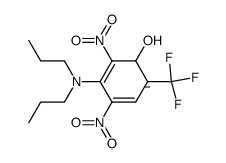
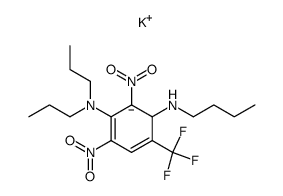

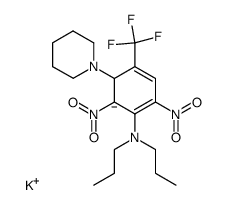
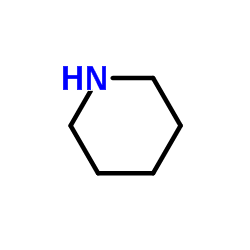
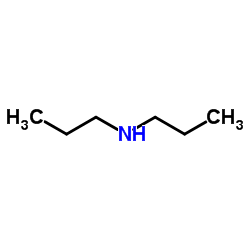
 CAS#:393-77-1
CAS#:393-77-1 CAS#:2078-01-5
CAS#:2078-01-5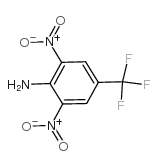 CAS#:445-66-9
CAS#:445-66-9 CAS#:2078-02-6
CAS#:2078-02-6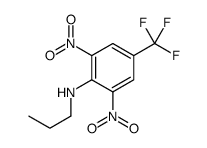 CAS#:2077-99-8
CAS#:2077-99-8![2,6-dinitro-4-trifluoromethyl-2',6'-dinitro-4'-[(trifluoromethyl)azo]benzene structure](https://image.chemsrc.com/caspic/392/69145-34-2.png) CAS#:69145-34-2
CAS#:69145-34-2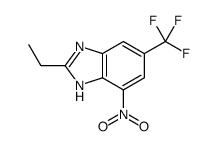 CAS#:51026-15-4
CAS#:51026-15-4 CAS#:2078-06-0
CAS#:2078-06-0
